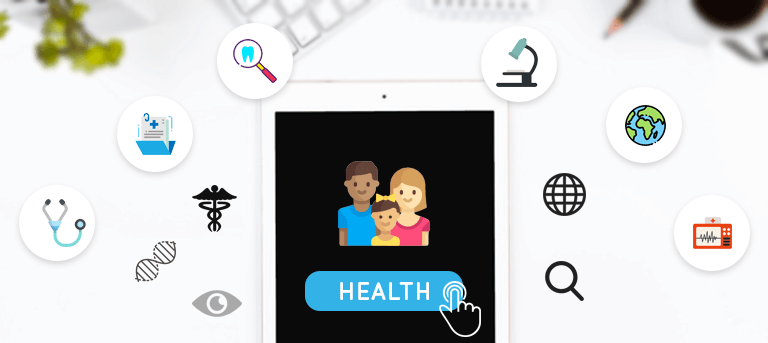mHealth – The Current State
The demand from the consumer side has always been strong for mHealth. Statistics show the number of mHealth enabled apps and wearables has zoomed from 15 million users (2013) and is expected to reach 96 million (2018). A forecast of the value of the global mHealth market from 2012 to 2020 shows that it is expected to grow from $8.3 billion (2013) to $33.59 billion (2018). The mHealth market size projection shows that the potential is definitely there from the provider point of view.Advantages of Opting for mHealth
- Better Patient Outcomes
Applications like SugarPod are prime examples of how healthcare can be delivered to patients more effectively by using the elements of AI and machine learning. mhealth apps identify unique ways to use technology already present in the patient’s daily routine. Other ways in which mhealth apps can help are:
- Mobile medical ID information (emergency numbers, physician contact, current medications, or allergies)
- Fitness tracker
- Monitoring important vitals like heart rate
- Calorie counter and diet planner
- Alerts on medication to be consumed
- Tracking Personal Data
mHealth can help track personal data regarding various activities of a patient. These may include tracking for:
- what they ate
- what exercises they did/ learned about exercises
- what physical activity they did
- weight loss regime
- Better Access to Physicians
31% of healthcare organizations currently provide a health app to their patients. Additionally, there are 30% of the organizations in the process of building a mobile health app for patients.
As more doctors embrace mHealth, the doctor-patient relationship gets a substantial boost. As patients look for better and more options to communicate with their healthcare providers, mHealth can easily step up to the task.
With these advantages, it’s not difficult to grasp why mHealth gets a thumbs up by 93% of the physicians who believe it will play a key role in improving healthcare.
Tom Giannulli is an MD, MS who co-created (with CareTools) the world’s first iPhone EHR tool – iChart. He has positive opinions of the current healthcare landscape and how mHealth fits in. He says that bigger practices are seeing the inclination to move from fee-for-service model to radically different value-based payment model. Examples include ACOs and patient-centered medical homes.
This fast-growing demand from consumer market (for wearable and mHealth apps) along with the above-mentioned shift means that the market is now primed to adopt mHealth faster than before.
He advocates starting small – using the tech for communication and then moving to better things after they are comfortable with the tablets and iPads. Once this stage is passed, they can utilize mHealth for better applications like accessing patient data, sending notifications and alerts, or using it as a diagnostic tool.
 Some of the interesting tasks that are within the scope of functionality of a mHealth app include:
Some of the interesting tasks that are within the scope of functionality of a mHealth app include:
- Messaging (both internally and with patients) as per HIPAA stipulations
- Integrating mHealth in patient outcomes and notifications
- Consolidation of voice and messaging
Secure Communication Needs a Rejig
Many healthcare institutions have a robust and secure messaging and communication system. But, are they efficient? Let’s take the case of nurses as an example. They have to work with multiple messaging devices and systems (pagers, voice bands, mobiles, and landlines). Even within a system (say mobile), there are multiple apps to do the work. This leads to a dramatic rise in potential HIPAA violations. The integration of clinical workflow and secure communications needs to be well-implemented. This is exactly where mHealth steps in. It can form the backbone of secure healthcare messaging and communications.How Is mhealth Expected to Create an Impact?
While the mhealth app has the potential to take secured messaging to a new level of efficiency, there are other angles too. Integration with EHR can easily boost the value provided by mHealth apps and solutions. Some of the gaps that mHealth can fill up are:- Communication across the institution’s boundaries
- Get instant (yet secure) access to patient data
- Effective coordination in post discharge follow up





 June 26, 2018
June 26, 2018


